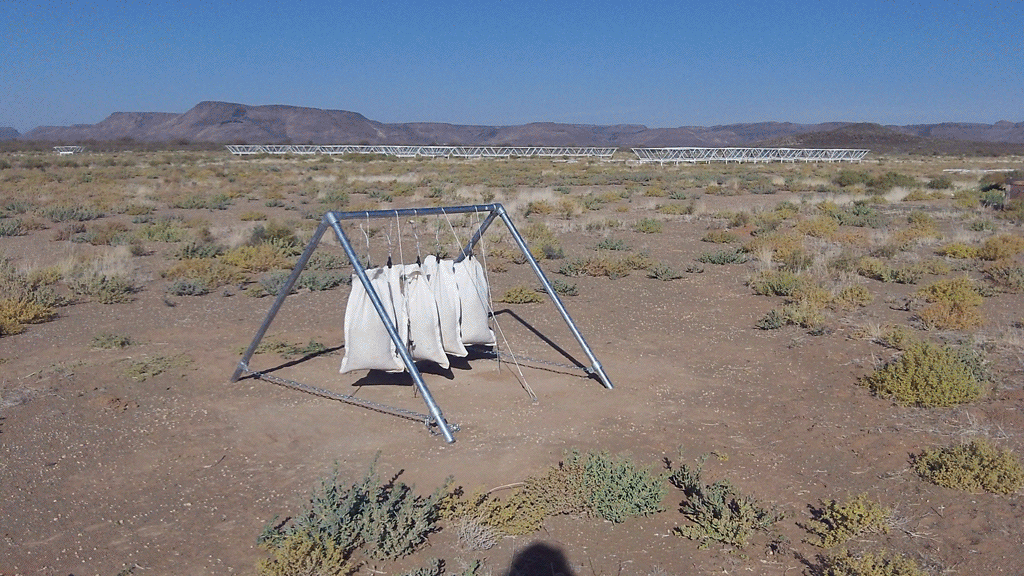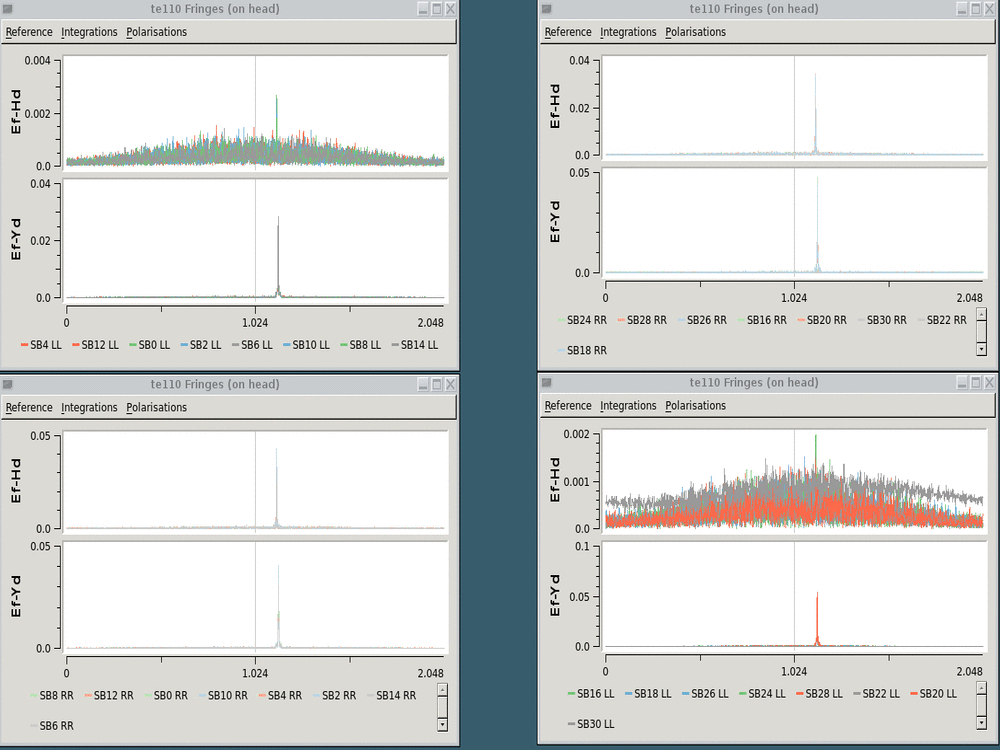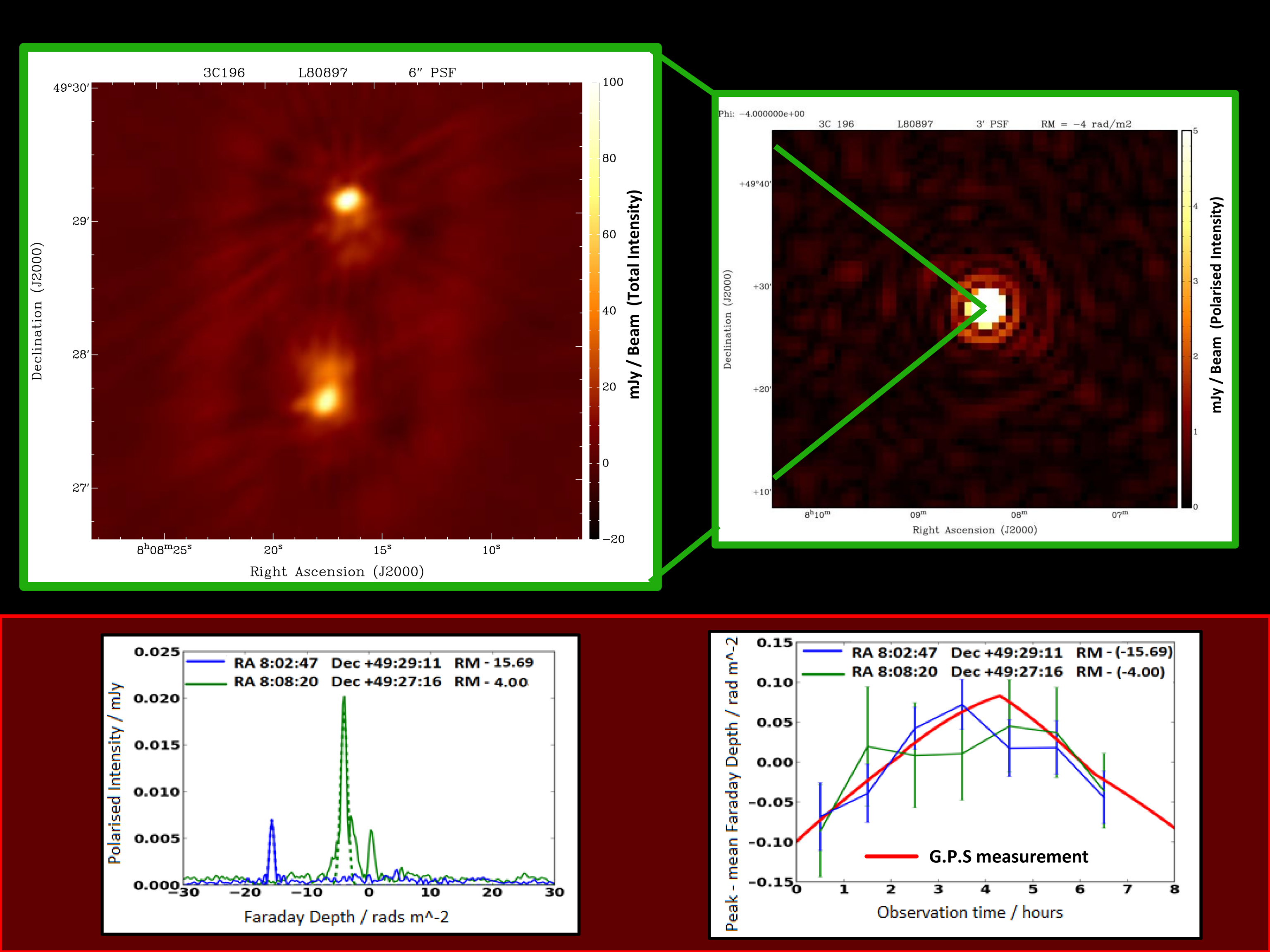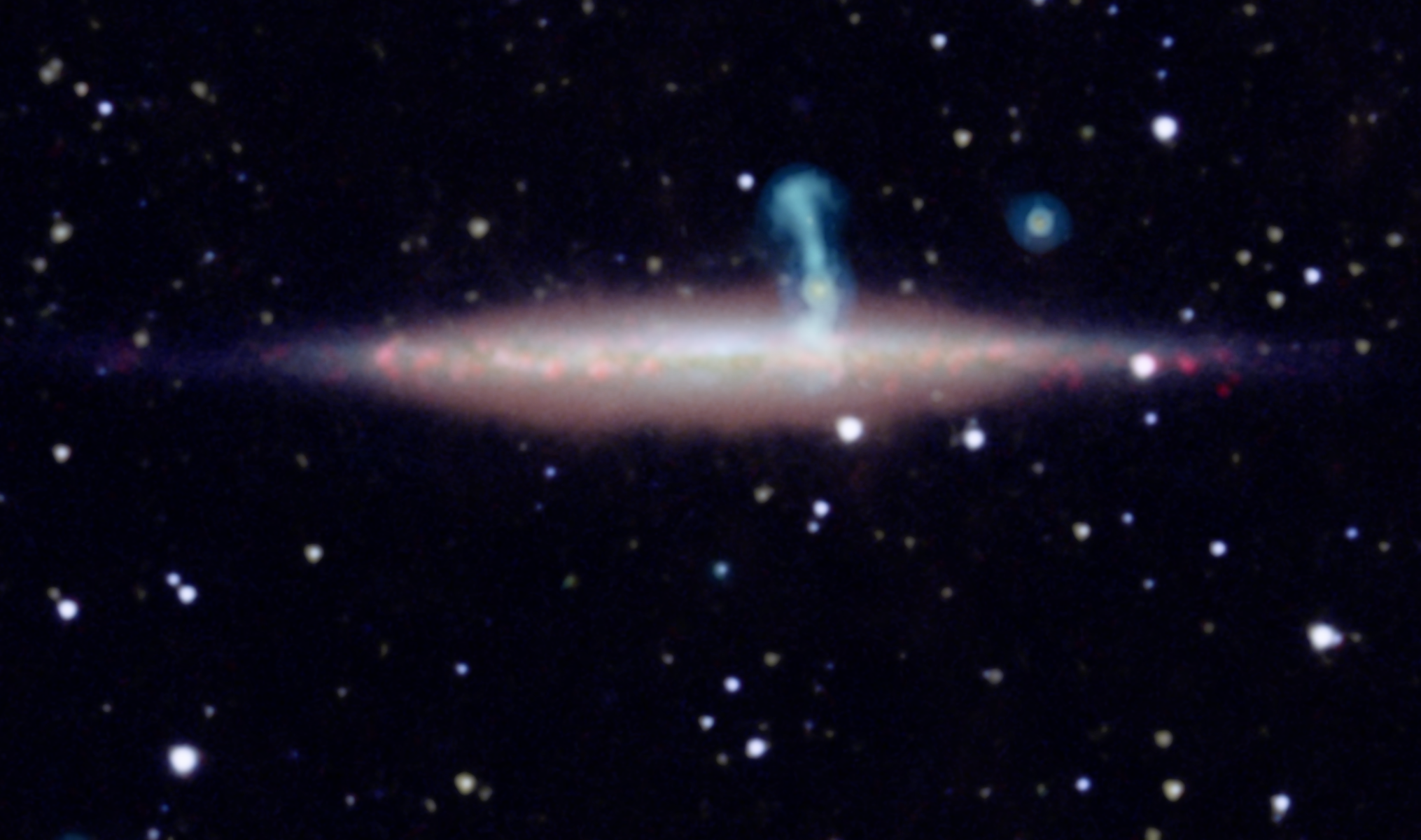 © S. R. Kulkarni, Palomar Observatory
© S. R. Kulkarni, Palomar Observatory
The Palomar Transient Factory (PTF), an innovative 2-telescope system, was designed to explicitly to chart the transient sky with a particular focus on events which lie in the nova-supernova gap. PTF can find an extragalactic transient every 20 minutes and a Galactic (strong) variable every 10 minutes. The results so far: classification of 2000 supernovae, identification of an emerging class of ultra-luminous supernovae, the earliest discovery of a Ia supernovae, discovery of luminous red novae, the most comprehensive UV spectroscopy of Ia supernovae, discovery low energy budget supernovae, clarification of sub-classes of core collapse and thermo-nuclear explosions, mapping of the systematics of core collapse supernovae, identification of a trove of eclipsing binaries and the curious AM CVns.
Image: An areal view of the Palomar Observatory (California). The discovery engine is the 48-inch telescope (extreme left) and the photometric classification is done at the 60-inch telescope (extreme right). Spectral classification is undertaken at the 200-inch telescope (center). The very first synoptic survey undertaken with a wide field Schmidt telescope was F. Zwicky's 18-inch and is the small
dome to the right of the 200-inch.
 © ASTRON/Nancay
© ASTRON/Nancay © ASTRON
© ASTRON © ASTRON
© ASTRON © Rik ter Horst
© Rik ter Horst © ASTRON
© ASTRON © -
© - © ESO
© ESO © reijer@astron.nl
© reijer@astron.nl © European VLBI Network
© European VLBI Network © HST / ALMA / Jon Marcaide
© HST / ALMA / Jon Marcaide © David Starkey, Maaijke Mevius, Vibor Jelic, Ger de Bruyn
© David Starkey, Maaijke Mevius, Vibor Jelic, Ger de Bruyn  © Rik ter Horst
© Rik ter Horst © R. Pizzo
© R. Pizzo © ASTRON
© ASTRON © UNAWE
© UNAWE © Hiddo Hanenburg
© Hiddo Hanenburg © Roberto Pizzo
© Roberto Pizzo © Albert van Duin
© Albert van Duin © Jayanne English (U. of Manitoba), Judith Irwin (Queen's U.), Richard Rand (U. of New Mexico) and collaborators in the CHANG-ES consortium, NRAO VLA, NASA WISE & Spitzer missions, SDSS, and NOAO.
© Jayanne English (U. of Manitoba), Judith Irwin (Queen's U.), Richard Rand (U. of New Mexico) and collaborators in the CHANG-ES consortium, NRAO VLA, NASA WISE & Spitzer missions, SDSS, and NOAO.







